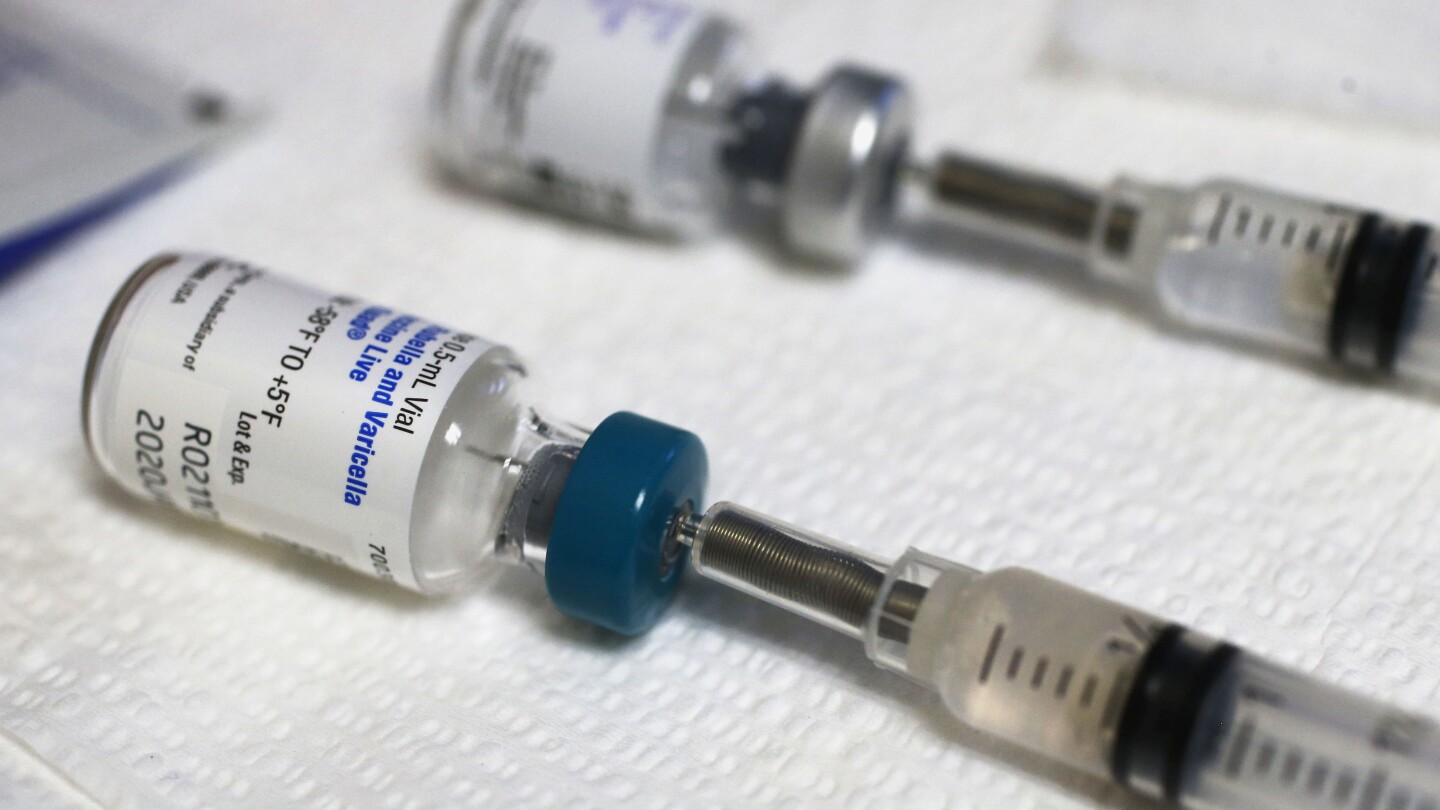Measles Resurgence: Understanding the Outbreaks in Texas and New Mexico
As measles cases rise in Texas and an outbreak emerges in New Mexico, public health officials urge vigilance. The resurgence of this highly contagious virus poses serious health risks to communities, particularly among those who are unvaccinated. Understanding the implications of these developments is crucial for community safety and health.
The Current Situation: Measles Cases on the Rise
In recent months, health departments across Texas and New Mexico have reported a troubling increase in measles cases. The Texas Department of State Health Services has noted several clusters of infections, while New Mexico has declared an outbreak in certain regions. These developments have sparked alarms among public health officials, who emphasize the need for increased vaccination efforts and community awareness.
Measles is not just a mild childhood illness; it can lead to severe complications, including pneumonia, encephalitis (brain inflammation), and even death. The World Health Organization (WHO) has classified measles as one of the leading causes of vaccine-preventable deaths worldwide. This resurgence in Texas and New Mexico underscores the importance of maintaining high vaccination rates to protect all community members.
Understanding Measles and Its Transmission
Measles is caused by the measles virus, a highly contagious pathogen that spreads through respiratory droplets when an infected person coughs or sneezes. The virus can remain active and contagious in the air and on surfaces for up to two hours. This means that individuals who are not vaccinated and are exposed to the virus are at a significant risk of infection.
The symptoms of measles typically appear 7 to 14 days after exposure and begin with:
- High fever
- Cough
- Runny nose
- Red eyes (conjunctivitis)
- Sore throat
- A characteristic rash that usually starts on the face and spreads to the rest of the body
Due to its highly contagious nature, a single infected person can spread measles to 90% of people who are not immune. This amplifies the critical importance of vaccination, particularly in communities where vaccination rates have declined.
Vaccination: The Best Defense Against Measles
The MMR vaccine, which protects against measles, mumps, and rubella, is the most effective means of preventing measles outbreaks. The Centers for Disease Control and Prevention (CDC) recommends that children receive two doses of the MMR vaccine:
- The first dose at 12 to 15 months of age
- The second dose at 4 to 6 years of age
Vaccination not only protects individuals but also contributes to herd immunity, which is vital for safeguarding those who cannot be vaccinated, such as infants and people with certain medical conditions. When vaccination rates fall below a critical threshold, herd immunity weakens, allowing diseases like measles to circulate more freely.
Factors Contributing to the Resurgence
Several factors have contributed to the recent rise in measles cases in Texas and New Mexico:
- Vaccine Hesitancy: A growing trend of vaccine hesitancy fueled by misinformation can lead to decreased vaccination rates. Some parents may question the safety and necessity of vaccines, leading to delays or refusals in vaccinating their children.
- Increased Travel: International travel can introduce measles to communities with low vaccination rates. Outbreaks in other countries can lead to imported cases in the United States.
- Public Health Infrastructure: In some regions, public health initiatives aimed at promoting vaccination may be underfunded, leading to gaps in outreach and education.
The Role of Public Health Officials
Public health officials play a critical role in managing outbreaks and ensuring community safety. Their efforts include:
- Education and Awareness: Informing the public about the importance of vaccination and the risks associated with measles.
- Outreach Programs: Implementing vaccination clinics and outreach programs in communities with low vaccination rates.
- Monitoring and Response: Tracking measles cases and responding quickly to outbreaks to contain the spread of the virus.
How Communities Can Protect Themselves
Communities can take several steps to protect themselves from measles outbreaks:
- Stay Informed: Keep up to date with local health department announcements regarding measles cases and vaccination clinics.
- Vaccinate: Ensure that all eligible individuals are vaccinated according to CDC guidelines.
- Spread the Word: Talk to friends and family about the importance of vaccination and share credible information to combat misinformation.
Looking Ahead: The Importance of Community Immunity
The recent measles resurgence in Texas and New Mexico is a wake-up call for communities across the nation. By prioritizing vaccination and fostering an environment of trust in public health recommendations, we can combat this preventable disease effectively. As we navigate these challenging times, it is crucial to remember that public health is a shared responsibility.
In conclusion, while the resurgence of measles can be alarming, it also offers an opportunity to reinforce the importance of vaccination and community health. By working together, we can protect our loved ones and ensure that measles remains a disease of the past.
See more WebMD Network



